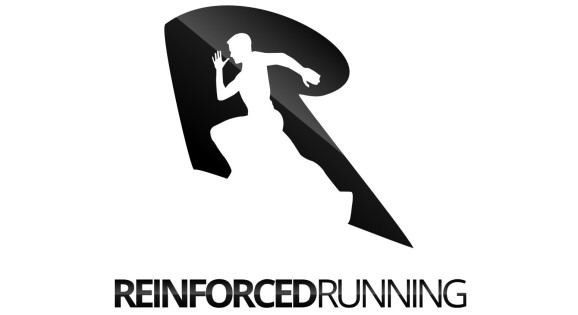Key ways to push yourself in training for your best half marathon results.
The half marathon is a hard distance. Double-digit miles are no joke. So, you can’t fake your way through training.
Runners sign up for a half marathon without urgency to train. They know they can “finish” the race. So, they don’t put in the work. With no goal, they do not improve and dread race day.
So, if you want to continue with half marathon, then make a freakin’ goal!
Reasons to run a faster half:
- To PR in the distance
- To qualify for other races
- To push your boundaries during training
- To gain pride and confidence in your running
In this article you will learn:
- Why runner long equals running fast.
- How to improve your running economy for distance and
- What workouts will suit you best when training for a half marathon.
Build Volume and get “runner strong.”
Half marathoners have a philosophy that a 10-mile training run is long enough. They know they can “gut” out the last 5k on and reach the finish line.
You may reach the finish line, but you are leaving time out on the course. Adding more volume will lead to faster race times.
Why you should run longer long runs:
1) Mental toughness forged by miles.
Long runs are daunting during training, but your confidence will skyrocket. Several long runs will change your perception distance and duration. Soon a thirteen-mile run will a breeze. You will begin to finish with confidence and strength. Suddenly, your half marathon journey will not seem so bad.
2) Physical benefits of a long run
You will get mental gains from a long run. But, the physical changes you will experience. Below are three reasons your body wants you to run for distance.
Increase utilization of energy
When you train long, your body will burn more calories (energy). No secrets here.
Training for long durations will push your body near energy depletion. Your body will create new pathways to generate more energy.
Using fat as fuel
Your body uses glucose for energy. Eating carbohydrates are the fastest way to give your body glucose. Gel shots and bananas are plentiful on race day because they are carbs.
Carbs are awesome. But, your body can only store about 2000 calories worth of energy at a given time. When you “bonk” it’s when you are out of fuel. Runners eat sugary gels and sports drinks during your run to keep energy coming in.
Fats are our secondary fuel source and running long can help your body use fats as energy. Access to fat storage occurs during long slower athletic endeavors, like a long run.
Fat utilization will not happen without training. Using fats as fuel will improve your endurance, and decrease your chances of “bonking” on race day.
Improved Bone Density
The most effective way to build a durable running frame is to run long. You will get stronger from longer runs and as a byproduct, your bones will adapt and become denser. Training to handle more volume will “bulletproof” your bone structure. You will be able to manage more intensity during training.
Improve your Economy for easy running
“Running economy” is a runner nerd way of saying, get faster.
Half Marathoners skip speedwork because race pace is not “fast”. But, running fast workouts will make you more efficient. Improving your top end speed will pay off during race day.
How to add speed work
Striders
Striders are short semi-sprint to be done in the middle or end of your run.
Strider workout example: Post 5-mile run, do 6 x 12-second striders @ 95% of your sprinting max.
Intervals
Adding intervals is the best way to improve your raw distance running speed. Intervals are short reps with a long recovery. The purpose is to improve your speed endurance, by running sustainable interval sets.
Interval workout example:
4 x 800 m @ sub 5k pace
Rest 2:30 between sets
Do intervals for 3-4 weeks and progress the distance or speed each week.
Learn your Body and know your pace
The half marathon is a long race. So, pacing is critical. Many runners struggle to find a proper rhythm which leads to race day disaster.
Train for a pace and be diligent. Remeber that faster is not always better. Learn your body and practice discipline during while you run.
A huge mistake that runners make on race day is going out to fast. The first 3 miles of a race you will feel amazing, but that does not mean you are miraculously ready to run a faster.
How to avoid early race burnout
Simulate your race pace by adding tempo and fartlek workouts. You will help you learn your body and your pace. In the 3-4 weeks leading up to your race, you should practice your “half marathon goal pace.”
Learn your pace with tempo and fartlek runs:
Tempo pace runs example:
1.5 miles @ easy pace
3 miles @ half marathon pace
1.5 @ easy pace
Switch things up
1.5 easy
2 miles @ half pace
1.5 easy
2 miles @ half pace
Finishing a half marathon is a great achievement. But, running a fast half marathon is worth celebrating. Train smart and push your limits to reap the rewards on race day.

